
DEEP INTO THE COMMUNITY
Black Diamond Athlete Angela Hawse is a guide for change.
You're eligible for Free Shipping!
$0.00 USD

There was an accident a few weeks ago at the Red River Gorge where a climber fell going to the second bolt and the rope was cut completely through by the fixed draw's sharp-edged, rope-end biner at the first bolt.
If you recall the previous testing and commentary on this subject, I had stated that I'd only seen ropes getting "sheathed" by sharp-edged biners—usually mid-route—and subsequently learned of an accident in the Czech Republic (in a climbing gym) where the rope-grooved sharp biner (also at the first bolt) severed the rope completely, resulting in the climber hitting the ground. Luckily in both cases, the climbers were not badly injured.

Which biners get badly grooved and why?
From my experience falling all over routes, all over the county, I've noticed three primary locations where fixed biners become badly grooved:
1) First Bolt
Belayers typically stand too far away from the wall. This results in a sharp angle in the rope from the belayer to the first biner and then up the route. When lowering a climber, the rope, often dirty and gritty, slowly wears a groove in the biner. Both incidents I've heard of where the rope was cut completely, it was the first bolt that was the culprit.
2) Crux Bolt
Many climbers being lowered off the same biner (falling at the crux onto the same bolt). This has the same effect as above. The sharp angle of the rope wrapping around the biner and the weight of the climber being lowered is what is allowing the rope to slowly cut through the biner.
3) Out of line bolts
Often if the bolt line isn't straight, an out-of-line biner can end up being grooved. Once again, this is caused by the rope and its angle running over the biner surface.




Follow BD Athlete Yannick Glatthard deep into the Swiss Alps as he shares his home...
Follow BD Athlete Yannick Glatthard deep into the Swiss Alps as he shares his home mountains with close friends.

Follow Dorian Densmore and Mya Akins for another winter season of steep Alaskan spines, backyard...
Follow Dorian Densmore and Mya Akins for another winter season of steep Alaskan spines, backyard couloirs, and deep adventures in the mountains.
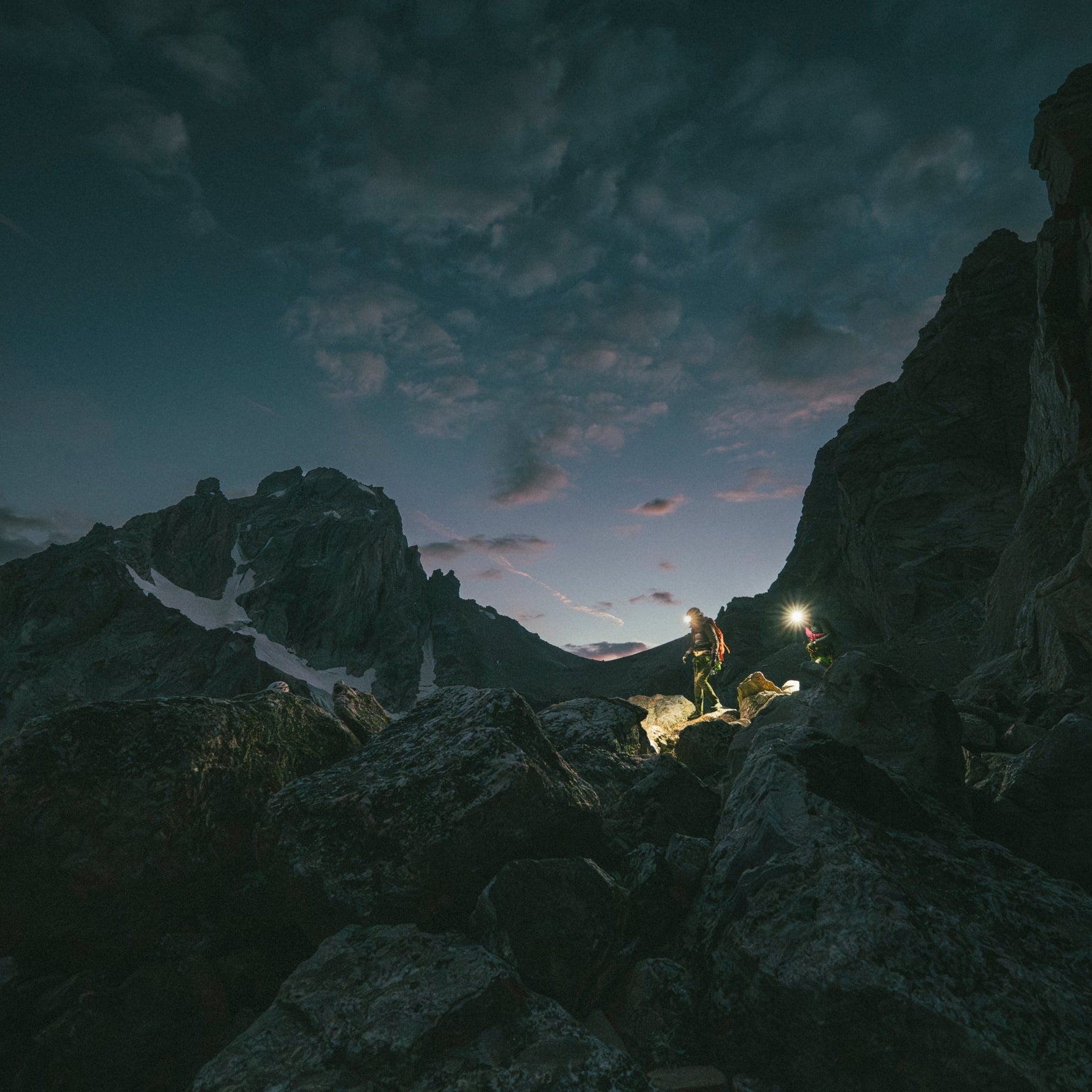

Watch BD Athlete Alex Honnold throw down on some hard trad high above Tahoe.
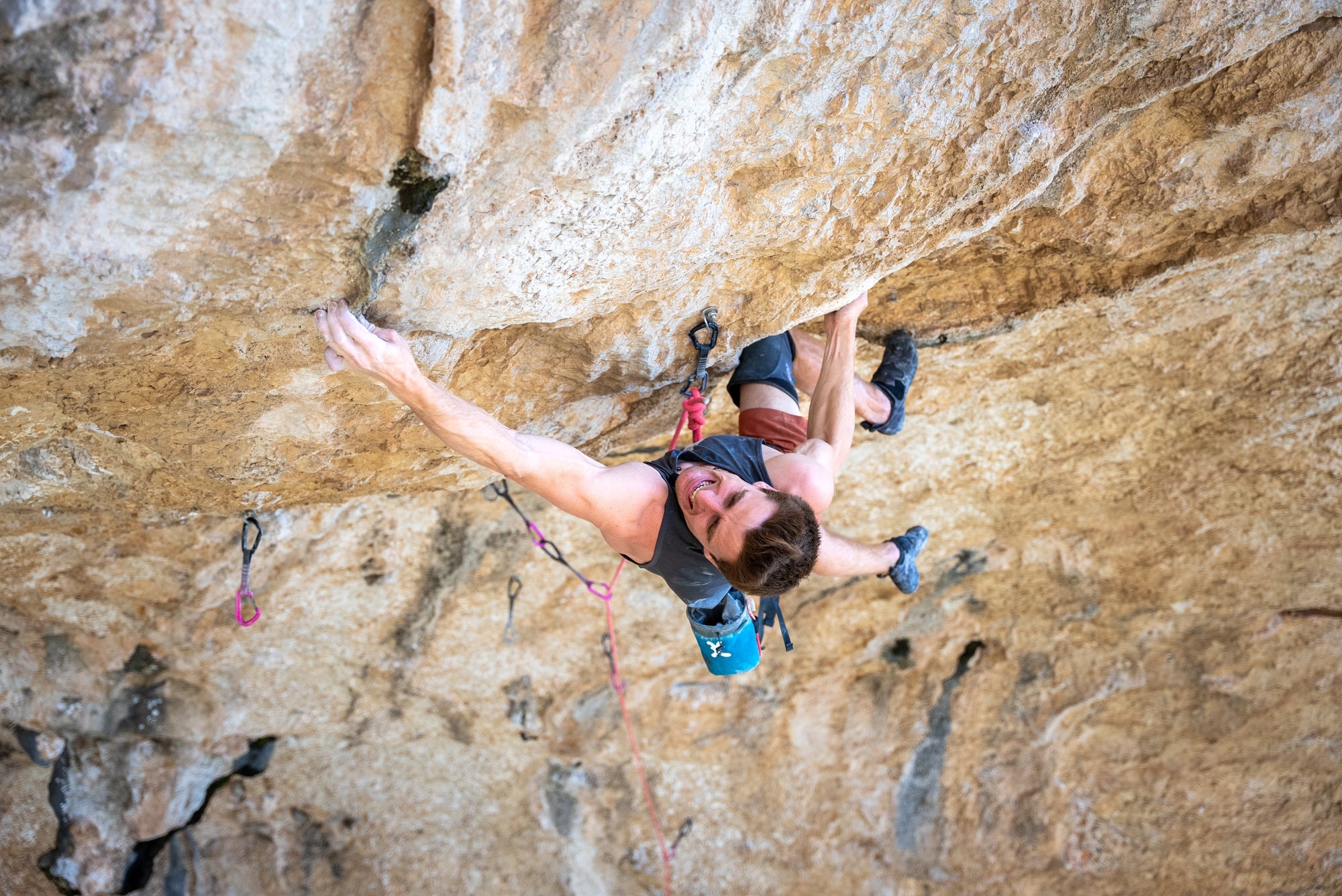

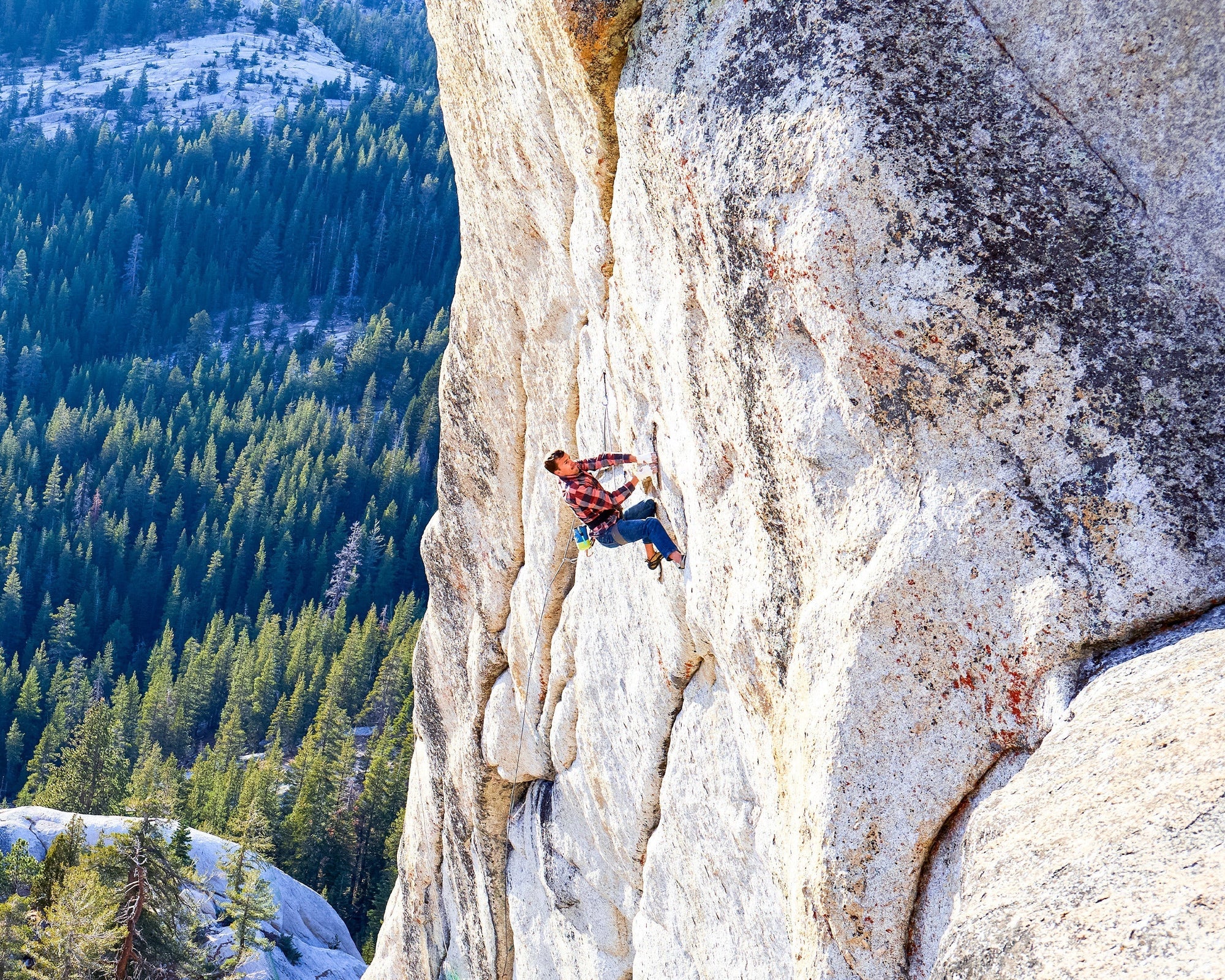
In 2012, filmmaker and photographer Ben Ditto, and professional climber Mason Earle equipped an immaculate...
In 2012, filmmaker and photographer Ben Ditto, and professional climber Mason Earle equipped an immaculate line in Tuolumne’s high country. But their attempts to free the route were thwarted when Mason’s life changed drastically. With the help of Connor Herson, Ditto and Mason found a way to keep the dream alive.
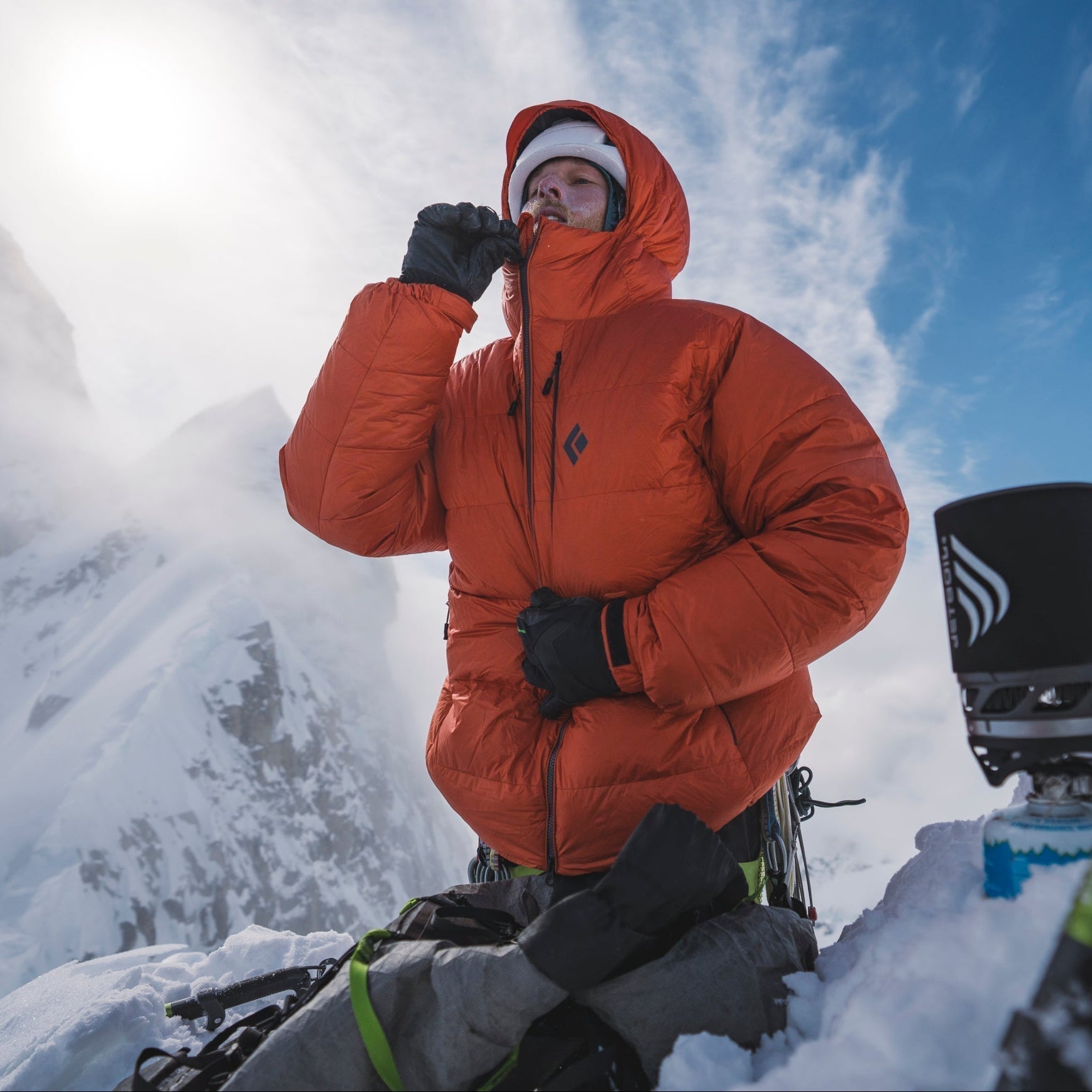
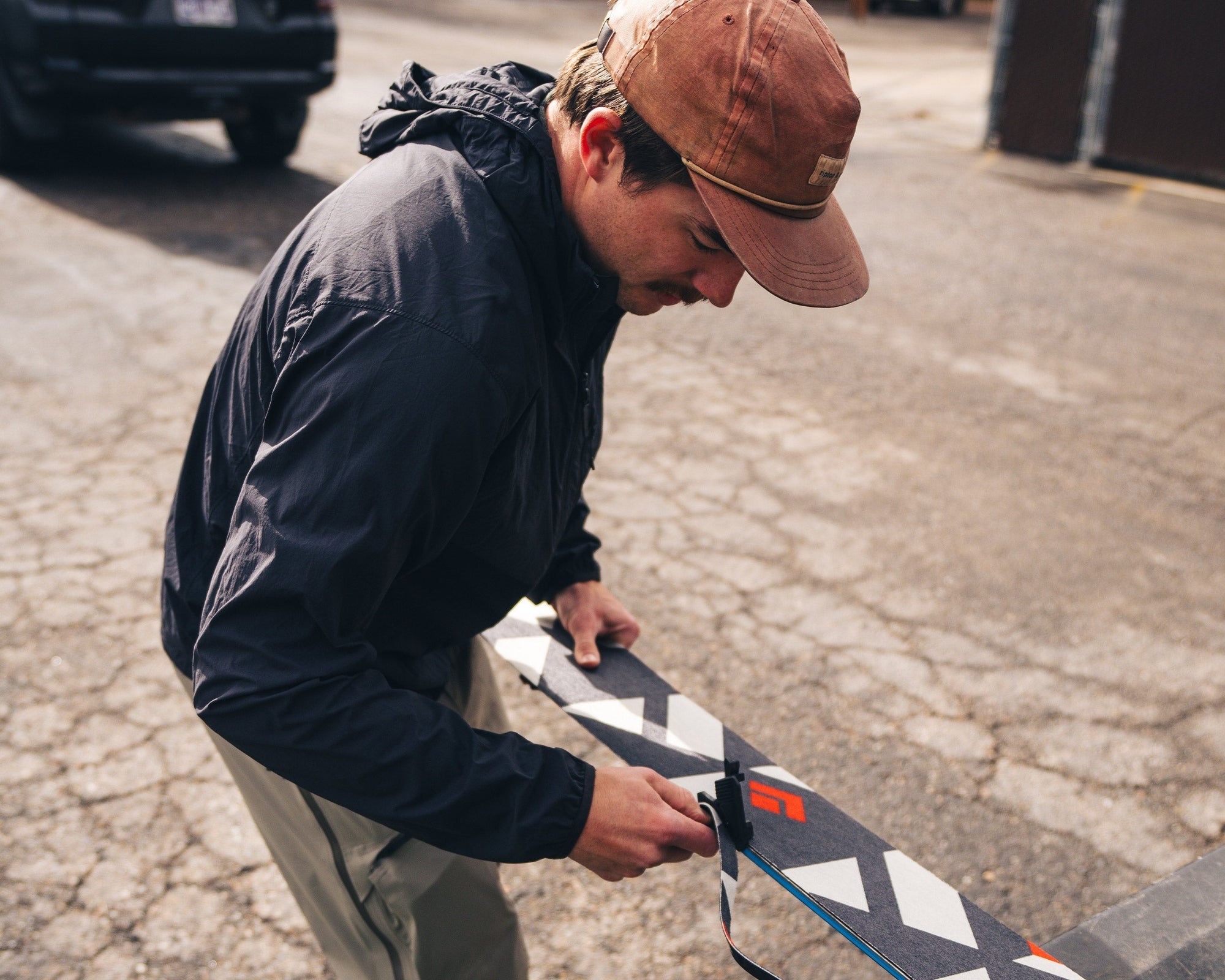
Watch and learn as our Field Test Coordinator runs you through a step by step...
Watch and learn as our Field Test Coordinator runs you through a step by step process of trimming and setting up any STS-style Black Diamond skin.


Every climber has a few lines they dream about. Whether inspired or haunted—or sometimes both—these...
Every climber has a few lines they dream about. Whether inspired or haunted—or sometimes both—these lines can push us beyond what we thought we were capable of, in turn teaching us who we really are. BD Ambassador Ethan Salvo recently restructured his entire life to focus on two climbs that pulled him into the void with only one way out … getting to the top. This is his story of sending Dreamcatcher and becoming the first Canadian to climb V16 in the same week.
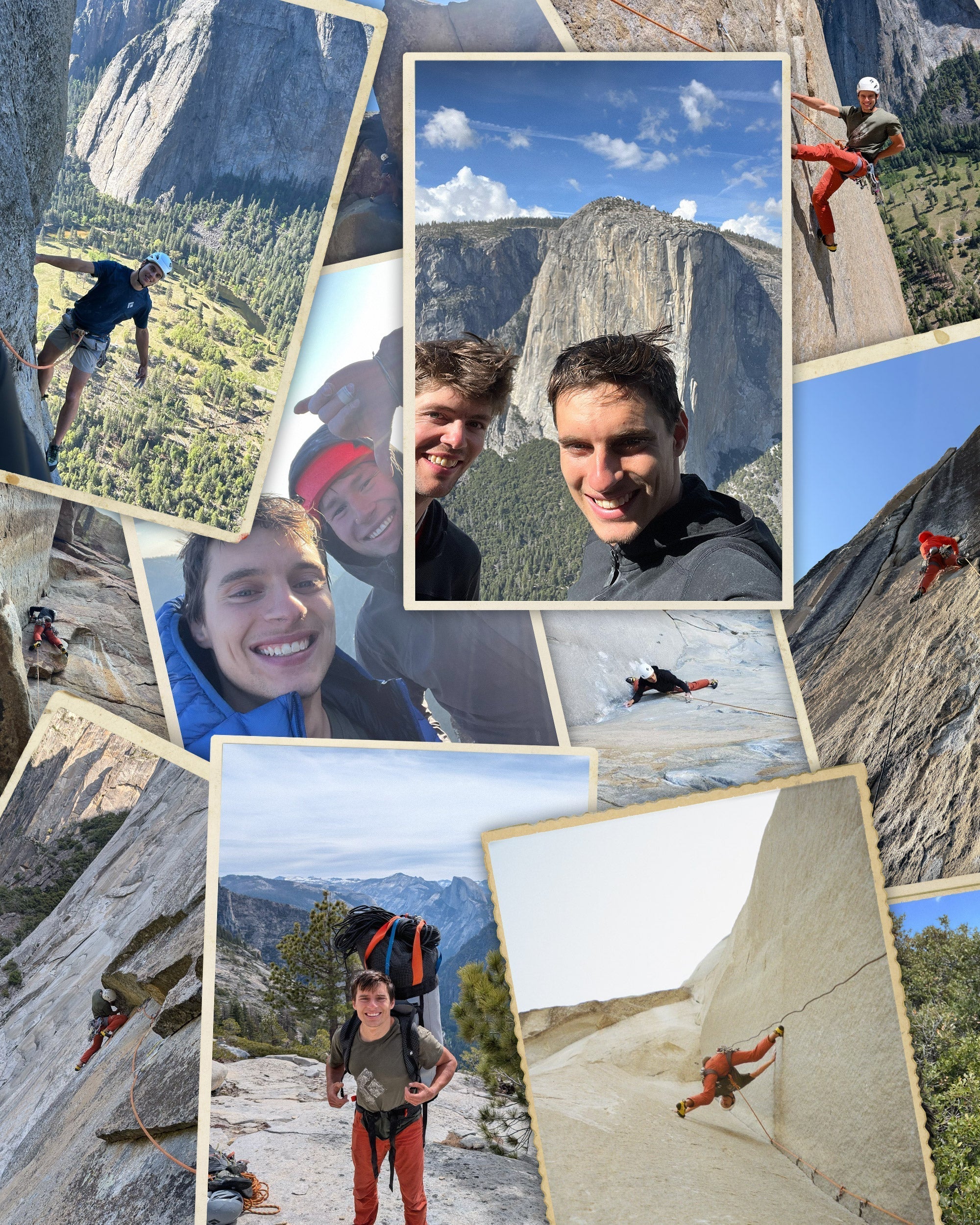
BD Athlete Connor Herson spent as many weekends as possible in the Valley this spring...
BD Athlete Connor Herson spent as many weekends as possible in the Valley this spring during a grueling quarter at Stanford. The objective? Ground up, in-a-day ascents.
